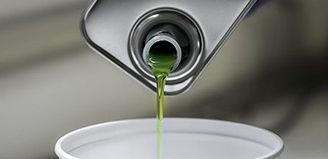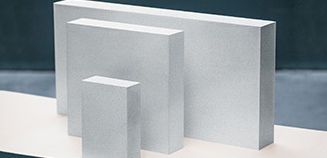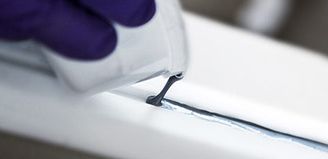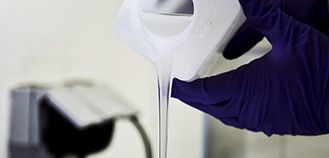ALWA MOULD D Processing
Patterns and its preparation
A wide range of materials are appropriate for the cast (wood, plaster, plastics, leather, metal, acrylic, etc.). Polystyrene is less appropriate since it requires special precautions. Any material must be dry. In order to cast the material a casting box must be built around the pattern. The sides of the casting box are fixed with screws. Porous master patterns of plaster or wood must be sealed. We recommend to use our ALWA ACRYLIC SEALER (art. no. 9535000). Any pattern must be pre-treated with ALWA SURFACE TENSION REMOVER (art. no. 9500000), which removes the surface tension and ensures a smooth coverage of ALWA RELEASE LACQUER (art. no. 9510000). First, a thin layer of ALWA SURFACE TENSION REMOVER is applied on the prepared patterns with a cloth. After approx. 5 – 10 min. the ALWA SURFACE TENSION REMOVER is vented. Then, ALWA RELEASE LACQUER is applied with a brush or a spray gun. For fine structures several layers (min. 3 – 4) should be applied with a spray gun. ALWA RELEASE LACQUER is soluble in water, therefore, moisture penetration should be avoided. Hot air can accelerate the drying of the release film (the drying of the release film takes approx. 30 min. at RT).
Before casting, make sure that the pattern and the mixture of casting resin and aluminium powder have a temperature between 19 – 22 °C. At temperatures above 22 °C shrinkage may arise and at temperatures below 19 °C the cast material expands.
Calculation of a batch quantity
| a) | Calculate the casting volume in litre. In order to compensate casting losses and miscalculations, we recommend increasing the batch quantity by approx. 5 % | ||||
| b) | Multiple calculated casting volume by 1.7 to receive the batch quantity in kg. | ||||
| c) | Batch quantity in kg corresponds to
|
||||
| d) | Example: 20 litres x 1.7 kg = 34 kg casting compound
ALWA MOULD D component 1, |
Art. no. 6000… Art. no. 6001… Art. no. 4065025 Art. no. 5100001 |
13,33 % 26,67% 60,00% 3 % on the resin content |
4,53 kg 9,06 kg 20,41kg 0,41 kg |
|
Processing
Mix the resin components well. Afterwards add the filler into the resin and stir until you reach a homogeneous mixture and no aluminium lumps are left. Leave the finished mixture for venting until no more air bubbles appear. After airing, carefully stir the mixture. Then thoroughly mix in the hardener powder (3 % on the resin content) for approx. 3 – 5 min. Lumps of the hardener powder must be crashed before adding it into the mixture. Please note that as little air as possible should be stirred into the mixture. For larger batch quantities mix the resin compound in two or more mixing containers. In this case, the hardener powder must be added simultaneously. For homogenisation, the resin compound of two or more mixing containers has to be mixed among each other to achieve a simultaneous curing of the mixture. Only then you get a homogeneous hardener and temperature distribution (same reaction behaviour of the total mixture).
Please consider the different
thermal coefficients of linear expansion if something is screwed on the
mould or the mould is screwed on a plate. Drill larger holes for the
screws into the material, so that the moulds can expand.
Important notes to ALWA MOULD D:
ALWA aluminium powder
Our aluminium powder does not sediment during the pot life. Therefore, only our ALWA aluminium powder should be used.
ALWA mixer
With our mixers nearly no air is stirred in. The material is mixed from
bottom to top. The hardener is stirred in quickly and homogeneously.
Temperature resistance of additional materials
The expansion coefficient of materials which are attached to or in the
casting box should be equal to that of, for example, copper pipes and
perforated aluminium sheets. No steel or wood shall be used.




